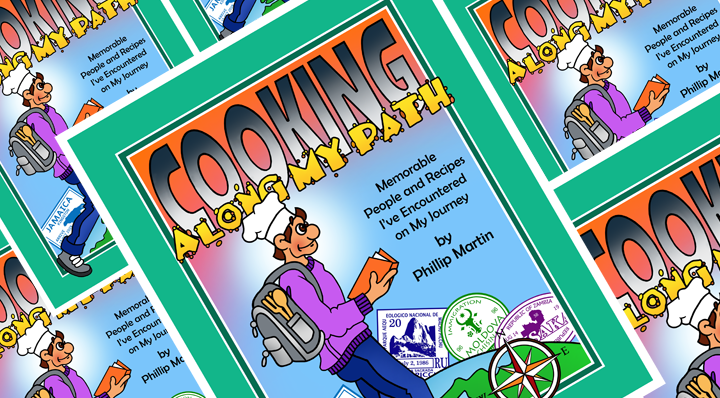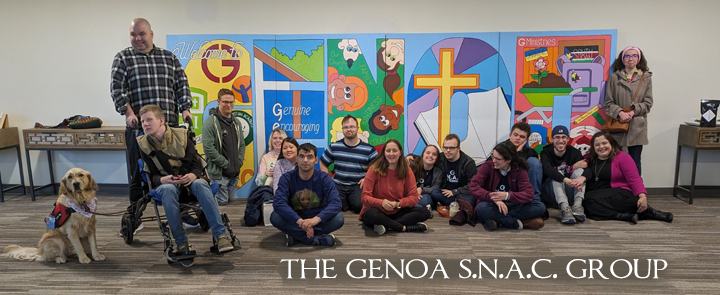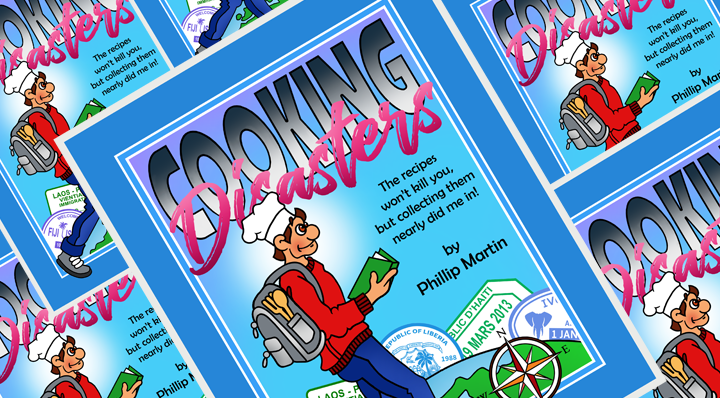In order to make it into this book, the person had to be interesting (I meet so many people who qualify for that.) and there had to be food involved. As I look over the list of people in this book, they are from all over the globe. Some of the people have been friends for decades. Other people worked with me for a week or so on my mural projects. Then, there are some who only had the briefest of encounters. But, they impacted my life and needed to be included.
I have friends who are proofreading the book for me, so it isn't yet available. However, it's in good enough shape for me to send the chapters out to the people included in the text. There have been a few shocked people in distant corners of the globe. Let me tell you about a few of them.
Justina Justina was a maid in Zambia when I taught there. She didn't work for me. However, she has a smile that dazzles and a kindness that glows from within. Fortunately, her employers were out of the country when my mother came for a safari. I asked Justina if she could prepare a traditional Zambian meal for us. She was delighted to do so. And then, she and my mother faced off as two stubborn women in the kitchen can sometimes do. The argument? Who would clean up the kitchen after the feast? You'll have to read the chapter to find out who won. However, I have never considered cleaning a kitchen as an opportunity to win.
Almost the entire staff of that school has turned over since I last set foot in Zambia. But, Justina still works at the school. It wasn't hard to find her and send her the chapter. She never imagined that she would be remembered. However, I will never forget the kindness she showed to my mother. Of course, she was going to be included in this book!
Sam and Reshma In what was probably the worst travel day of my life, I missed two flights at two different airports in Fiji and very royally upset the "powers that be" at the U.S. Embassy. As I headed to a hotel, still in Fiji, where I was no longer supposed to be, I turned to my taxi driver and asked about food. It's not uncommon for me to do that. I needed comfort food and conversation. The talk went something like this.
.....What should I eat while I was in Fiji? (me)
..........Beef Curry. (Sam)
.....Where should I eat it? (me)
..........My house. (Sam)
If you know me, you know that I never turn down invitations like that. The lovely afternoon I spent with Sam and his family was almost a decade ago. I don't think I have been in communication with them since that day. He and his wife thought I would have long forgotten about them. But, they needed to be included. I didn't know how to contact them. The email address I had for Sam no longer worked. I had a phone number, but my phone program doesn't let me call overseas. What could I do? I had another friend who lived in Fiji. I sent her the phone number and asked if she could connect with this complete stranger.
The phone number worked, and the connection was made! Sam and his wife were both stunned and thrilled. To make Reshma's dish authentically, you need firewood from trees knocked down by Cyclone Winston. Even if you can't manage that, the meal still tastes delicious when you follow her recipe.
Alena and Esekaia I contacted my friend, Alena, in Fiji to thank her for the phone call with Sam and Reshma. Then, I explained the purpose of the call. I told her about the cookbook that included the beef curry. Then, I added, "I hope it is okay with you. I also included a chapter about the time I stayed at your Kuku home. (The name of their village was Kuku.) I mean, seriously, Alena and Esekaia prepared a lovo for me -- TWICE! -- so there was no way they would not be included. And, if you are like me and are not familiar with a lovo, it's cooking in an underground pit similar to a Hawaiian luau.
So, now you have a brief introduction to some of the people I've met along my path. Each of them has made an extraordinary connection with a wandering artist. There are twenty-five chapters in the book. You have only the briefest of introductions to a whole lot of kind people and delicious food. And, if perhaps you want to be included in a future book, you need to invite me over for a meal.
Sending a plane ticket wouldn't hurt either.











 RSS Feed
RSS Feed